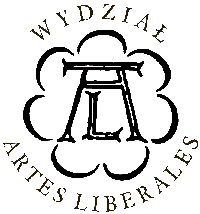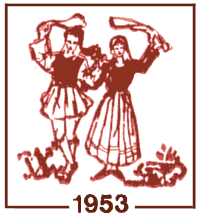| Testimony of: | wooden spoon |
| Source | Χριστόπουλος 1948, 130 (in EEH, sv. Καρσιλαμάς ή Γαρτσιλαμά, p. 262) |
| Original text | Εις την δευτέραν φάσιν (μετά τα γαζέλια, τα νυν αμανέδες καλούμενα) εχόρευε πας ανήρ μόνος ή μετά της συζύγου του τον Αντικρυστόν (Καρσηλαμάν) κροταλίζων ρυθμικώς και συμφώνως τω χρόνω του παιζομένου σκοπού και του αδομένου υπό των μουσικών τραγουδίου, με τέσσερα ξύλινα κοχλιάρια συνηρμοσμένα ανά δύο εις κάθε χείρα μεταξύ των δακτύλων επί της παλάμης. Ο χορός ούτος εθεωρείτο ως αρχαίος τοπικός, τον οποίον εχόρευον εν Ανατολή άνδρες τε και γυναίκες. Τον χορόν τούτον οι Τούρκοι παραλαβόντες μετέτρεψαν κατόπιν εις χορόν της κοιλίας. Σημειωτέον ότι ούτοι κατ' αρχάς δεν εχόρευον, διότι ευγενής Τούρκος εθεώρει άτοπον να χορεύση και εμίσθωνε χορευτρίας Αθιγγανίδας εις τους γάμους του. |
| English translation | In the second phase (after the gazelia also called amanedes) only the men danced, and later their wives would dance the Antikriston (Karsilama), rhythmically rattling four wooden spoons according to the time of the song, and its purpose. The wooden spoons were held - two by two - in each of their hands, between the fingers and the palm of the hand. The dance was considered to be an ancient local dance, which was danced in the East/Anatolia by men and women. This dance was transformed by the Turks into a belly dance. It is noteworthy that this dance is not danced by them because a well-mannered Turk considers dancing inappropriate and he would hire Gypsy women to dance it on his weddings. |
| Region of occurence | Ikonium |
| Function | decorative, |
| Dance name | Antikristos (Karsilamas) |
| Symbol in Kinetography score |
|


